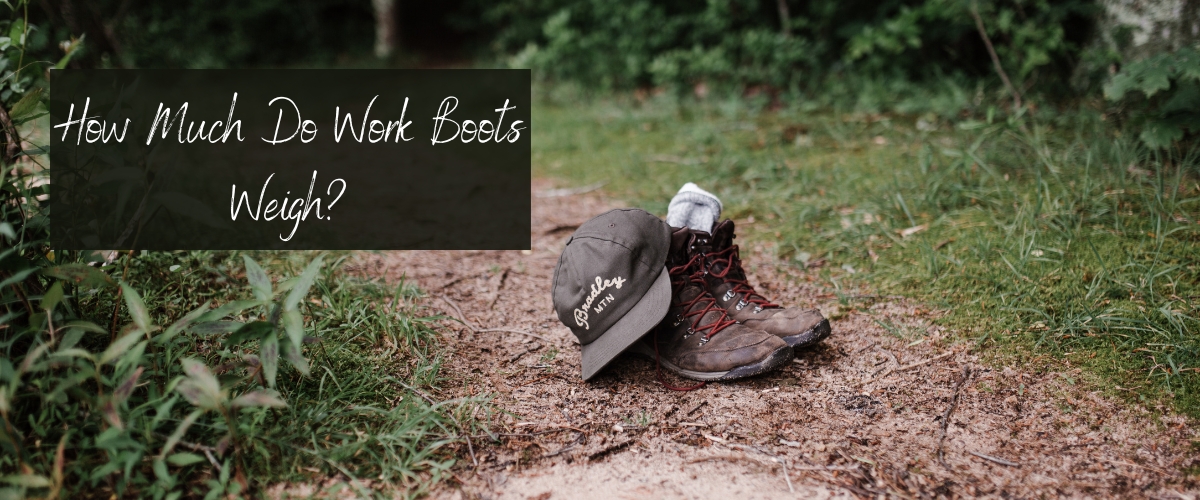Last Updated on January 24, 2024
Work boots are an essential piece of equipment for many people, particularly those in manual labor jobs such as construction, manufacturing, and farming. Not only do they provide protection for the feet, but they also help to prevent injuries, such as slips and falls. One important aspect of work boots is their weight, as heavy boots can cause fatigue and discomfort for the wearer. In this article, we will explore the weight of work boots, how they compare to other types of boots, and the factors that affect the weight of work boots.
Types of Work Boots
When it comes to work boots, there are several types to choose from, each with their own features and benefits. Some of the most common types of work boots include:
- Steel Toe Work Boots: These boots have a steel plate in the toe area to provide extra protection against falling objects. They are typically heavier than other types of work boots.
- Composite Toe Work Boots: Similar to steel toe boots, these boots have a composite material in the toe area for added protection. They are generally lighter than steel toe boots.
- Slip-On Work Boots: These boots are easy to put on and take off, making them a popular choice for people who need to put on and take off their boots frequently. Slip On Work Boots are typically lighter than lace-up work boots.
- Lace-Up Work Boots: These boots have laces that can be tightened for a secure fit. They are generally heavier than slip-on work boots.
Weight Comparison
The weight of work boots can vary widely depending on the type of boot and the materials used in its construction. On average, steel toe work boots weigh between 3-4 pounds, while composite toe work boots weigh between 2-3 pounds. Slip-on work boots weigh between 1.5-2.5 pounds, while lace-up work boots weigh between 2-3 pounds.
Factors Affecting Weight
The weight of a work boot is affected by several factors, including the materials used in its construction, the type of sole, and the size of the boot.
Materials:
The materials used in the construction of a work boot can greatly affect its weight. Leather is a common material used in work boots, but synthetic materials such as nylon and polyester can also be used. These materials are generally lighter than leather, which can make a difference in the weight of the boot.
Sole:
The type of sole used in a work boot can also affect its weight. A rubber sole is typically heavier than a synthetic sole, while a steel or composite toe will add weight to the boot.
Size:
The size of the boot can also affect its weight. Larger boots will typically weigh more than smaller boots.
Conclusion
Work boots are an important piece of equipment for people in many different types of jobs. Their weight can greatly affect the comfort and safety of the wearer, and should be considered when choosing a boot. The weight of work boots can vary widely depending on the type of boot, the materials used in its construction, and the size of the boot. Steel toe work boots are typically heavier than composite toe work boots, while slip-on work boots are typically lighter than lace-up work boots. Overall, it’s important to find a balance between the protection and comfort that a work boot offers.
As a child, Joey's career spanned a wide range of fields. These include farms, ranches, warehouses, construction sites, etc. Wearing good work boots was essential on all those sites to avoid distractions. As a result of his experience, he can determine which work boots are most appropriate for a particular workplace. Following Joey's work boots, his colleagues and teammates also purchased work boots based on his advice. Therefore, his friends suggested that he start a blog so that he could also help others.

















